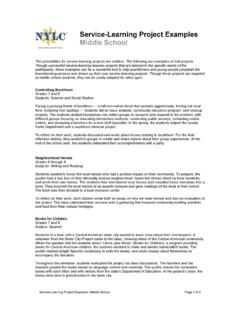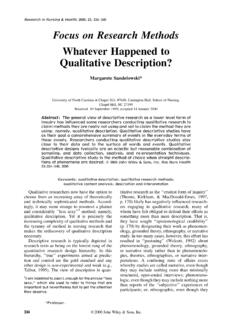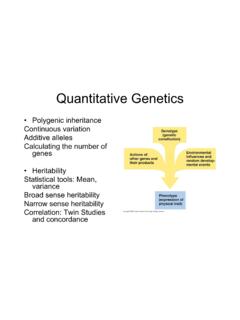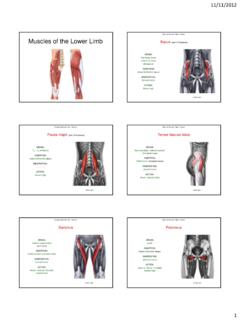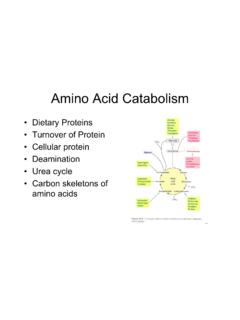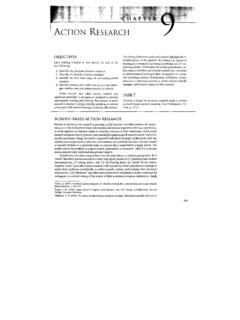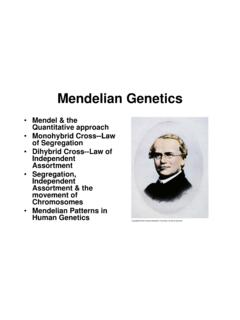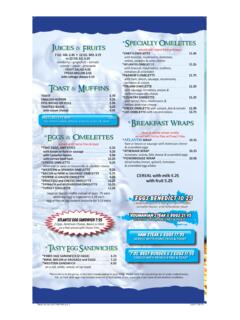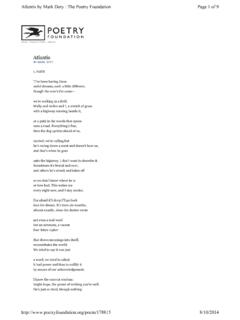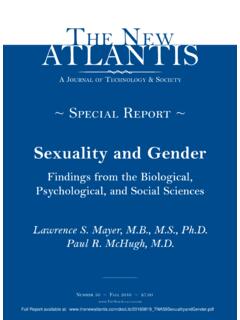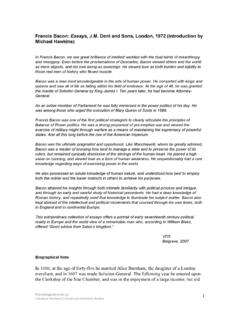Transcription of Sir Francis Drake in the New World - WOU Homepage
1 1 Sir Francis Drake in the New World 1577-1580 Sir Francis Drake (c. 1542-96) Source: John Hampden, ed. Katherine C. Lankins Senior Seminar Paper June 3, 2009 2 Eighty six years after Spain had claimed the New World for themselves an English Privateer by the name of Francis Drake was becoming a thorn in their side. Called El Draque by the Spaniards, they hated to see him in their ports. His enthusiasm for damaging Spain overseas may have arisen from a hatred by Protestants of Catholics in Elizabethan England, or from his voyage to Nombre de Dios in 1572 where he lost two brothers, John and Joeseph1.
2 After years of terrorizing the Spanish in the Caribbean, in 1577 Drake left England for the South Sea, now known as the Pacific Ocean. It is unclear as to the exact reason for the voyage. Drake was one in a line of many Englishmen who had raided Spanish ports in the New World trying to take some of the rich resources for themselves. He inspired many more sailors, merchantmen, and explorers to go beyond what was already known, to carve out a place in the New World for England, hoping to get as rich as the Spaniards. His circumnavigation is shrouded in mystery, only uncovered enough to perk the interest of historians about his anchorage point in California.
3 Drake may have landed near San Francisco Bay, or as far north as Vancouver Island. The discovery of a brass plate engraved with his name and the date of his stay has thrust the debate over his anchorage to the forefront of English colonization, and claims in North America. If Drake was instructed by Queen Elizabeth I (1558-1603) to find a colony, or the Northwest Passage no Authenticated evidence for that exists, and is pure speculation. If he was supposed to find a colony, then it would substantiate a legend of Drake leaving men at the fabled anchorage point, and would be in keeping with what would become English ways of claiming territory in the New World .
4 It is without a doubt that Drake not only inspired his contemporaries with his spirit for exploration but also lived on in the legends of England to become the Robin Hood of the sea 2. Life and Early Career Francis Drake was born in 1542-1543, the exact date is not known. He was the eldest son, of Edmund Drake of Tavistock Abbey in the county of Devonshire, England. Edmund Drake was a tenant farmer/sheep shearer and a sailor with William Hawkins in 1543-45 during the war with France. The Drake family was somehow related to the Hawkins family, but it is unclear as to what the exact relationship was, most historians call them cousins, which may explain why Drake and John Hawkins enjoyed a long career together.
5 The Drake family seems 1 George Malcolm Thomson, Sir Francis Drake (London: Secker & Warburg, 1972), 79. 2 David J. Weber. The Spanish Frontier in North America (Castletown, New York: Hamilton Printing Company, 1992), 266. 3 to have found a home near the Royal Naval Shipyards in Kent, on the River Medway, after leaving Tavistock Abbey. Edmund Drake moved his family to escape Catholic Persecution, as they were Protestant. In Kent he became a minister to the sailors3. Francis Drake s initial fascination for the sea might have been inspired by the stories from sailors who may have visited with his father.
6 However it happened, it not only impacted his life but that of English exploration in the New World . It appears that Drake s first sea-faring job was on a trading bark, this term was commonly used to describe ships that did not follow any other classification, which traveled between England, Scotland, and Ireland. He later served in many expeditions with John Hawkins to the Caribbean, during which he was able to view the South Sea. After viewing it he knew that he would sail on the South Sea4, something that no Englishman had done before. The Spanish had been using the South Sea to bring over treasure from the Orient.
7 Drake may have also wanted to disrupt the trade of Spain, making it more difficult for Spain to gain treasure. Often Spain would use the treasure from the New World in order to hurt England, an example of which is the extreme cost of the Spanish Armada, so any interruption in the shipping could be to England s benefit. Spain had viewed themselves as the champions of the Catholic Church against the evil Protestant faith. Pre-Voyage Preparations While Drake s circumnavigation would become legend it was not the first one. The circumnavigation of the World had been done by Magellan and his crew in 1521, 56 years before Drake started his voyage.
8 Unlike Magellan, Drake was English, and he survived the entire trip5. The planning for Drake s voyage was detailed, extensive and shrouded in mystery. The official document of Drake s voyage was received by Sir Francis Walsingham; at this point he was the Principal Secretary of State, something akin to the Prime Minister. This document seems to have informed Queen Elizabeth of an idea for a South Sea Expedition, but to keep the reason secret from those that may have been opposed to the voyage; the true reason is never expressly mentioned. This is evidenced by the wording; made privy to the truth of the voyage , referring to Queen Elizabeth, and the reason given to the public for this larger group of ships and men 3 Samuel Bawlf, The Secret Voyage of Sir Francis Drake 1577-1580 (New York: Penguin Books, 2004), 19.
9 4 John Hampden, ed., Francis Drake Privateer: Contemporary Narritives and Documents Selective and edited by John Hampden (Alabama: University of Alabama Press, 1972), 15. 5 Bawlf, The Secret Voyage, 41. 4 would be that they were bound for Alexandria in North Africa for trading6, something that was easy to believe. The secrecy here seems to be in response to the practice of having spies at the court of other nations, those that supported the voyage would not want any foreign Prince to know about the true reason, especially Spain, if the reason was to hurt them. Drake may have been chosen for this voyage, especially if one of the reasons was to damage Spain s finances, because of his success in the Caribbean, Walsingham was also reported to have said Drake was readier to lend himself to devious practices 7.
10 Sir Francis Walsingham (c. 1532-1590) Source: Samuel Bawlf, 189. Drake seems to have had the Pelican, which was renamed the Golden Hinde after passing through the Strait of Magellan, specifically for this voyage. Except for having a double-planked hull, a large cargo hold; large enough to hold 4 pre-built, deconstructed pinannces8, and a relatively little displacement in water, fully loaded, the Pelican looked like any other 3-masted merchant ship9. Drawing of replica Golden Hinde 1974 Source: Samuel Bawlf, 69. 6 Bawlf, The Secret Voyage, 51. 7 Thomson, Sir Francis Drake , 100.

